GP Referral Letter Template for Easy and Professional Referrals
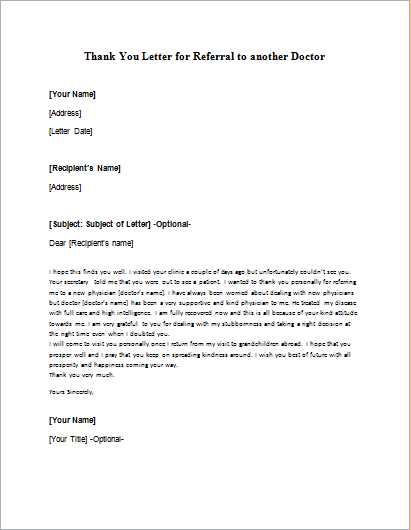
When a patient requires specialized care, healthcare professionals often need to provide a formal request to another doctor or clinic. This process is essential for ensuring seamless transitions and proper treatment. A well-crafted document serves as the bridge between the referring and receiving healthcare providers, allowing for smooth communication and the transfer of important medical details.
Preparing a detailed and accurate document can significantly improve the efficiency of patient care. By including the right information, such as medical history, current treatments, and specific concerns, it helps specialists understand the patient’s needs from the start. This process also reduces the chances of miscommunication or delays, which could negatively impact the patient’s well-being.
In this article, we will explore how to structure this essential communication, offering tips for creating a precise and professional document. Whether you’re looking to draft one from scratch or fine-tune an existing form, understanding the key elements will help ensure that every detail is conveyed clearly and effectively.
What is a GP Referral Letter
When a patient needs to be seen by a specialist, their primary care physician often needs to provide a formal document to transfer relevant medical information. This document is crucial for ensuring that the specialist has all the necessary details to provide appropriate care. It typically includes the patient’s medical history, current symptoms, and any specific concerns the primary doctor might have.
Purpose of the Document
The main purpose of this communication is to initiate the transfer of care between healthcare providers. It ensures that the patient receives timely and accurate treatment by allowing the specialist to quickly understand their condition. The document can help avoid unnecessary tests, reduce wait times, and ensure the patient is seen by the right expert.
Key Information Included
- Patient’s personal details, including contact information
- Medical history and relevant health conditions
- Current symptoms or diagnosis
- Tests or treatments already conducted
- Specific questions or concerns for the specialist
By providing this essential information, the primary care provider helps streamline the process of transferring care, which benefits both the patient and the specialist.
Key Components of a Referral Letter
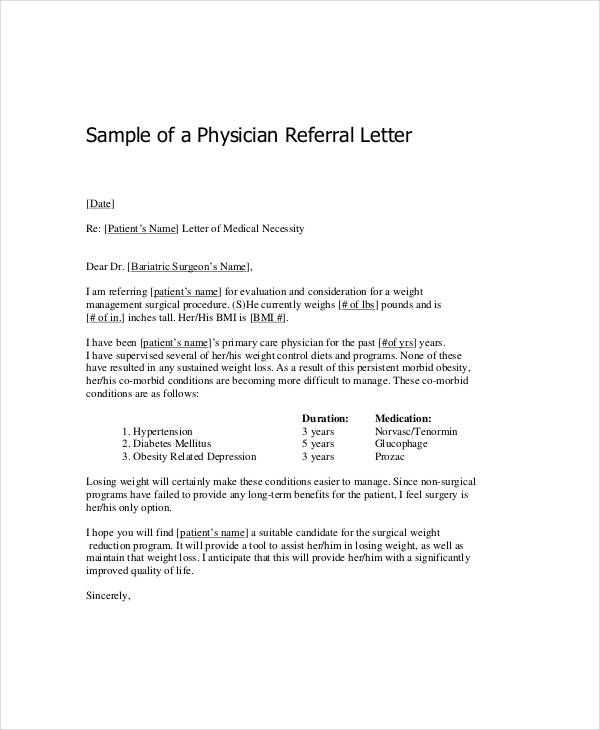
A well-constructed document for transferring a patient’s care includes several essential elements that ensure clear communication between healthcare providers. These key sections help provide the specialist with all necessary information, enabling them to offer accurate and timely treatment. It is important to ensure that no crucial detail is left out when preparing such a document.
Essential Information
The document must begin with basic patient details, such as their full name, date of birth, and contact information. This ensures that the receiving healthcare provider can easily identify the patient and communicate if needed.
Medical History and Current Condition
Another important section includes a summary of the patient’s medical history. This section typically covers:
- Previous diagnoses or conditions
- Any ongoing treatments or medications
- Recent medical tests and their results
Current symptoms and concerns raised by the primary care provider are also crucial. These details help specialists understand the urgency or complexity of the case and allow them to make informed decisions about the next steps in treatment.
By ensuring these core sections are addressed clearly and concisely, the transfer of care becomes more efficient and effective, benefiting the patient’s health outcomes.
Benefits of Using a Template
Using a standardized form for transferring patient information between healthcare providers can significantly enhance efficiency and reduce errors. By following a set structure, healthcare professionals can ensure all necessary details are included while saving time in the process. This organized approach not only simplifies the task but also improves the accuracy of the information shared.
Time Efficiency
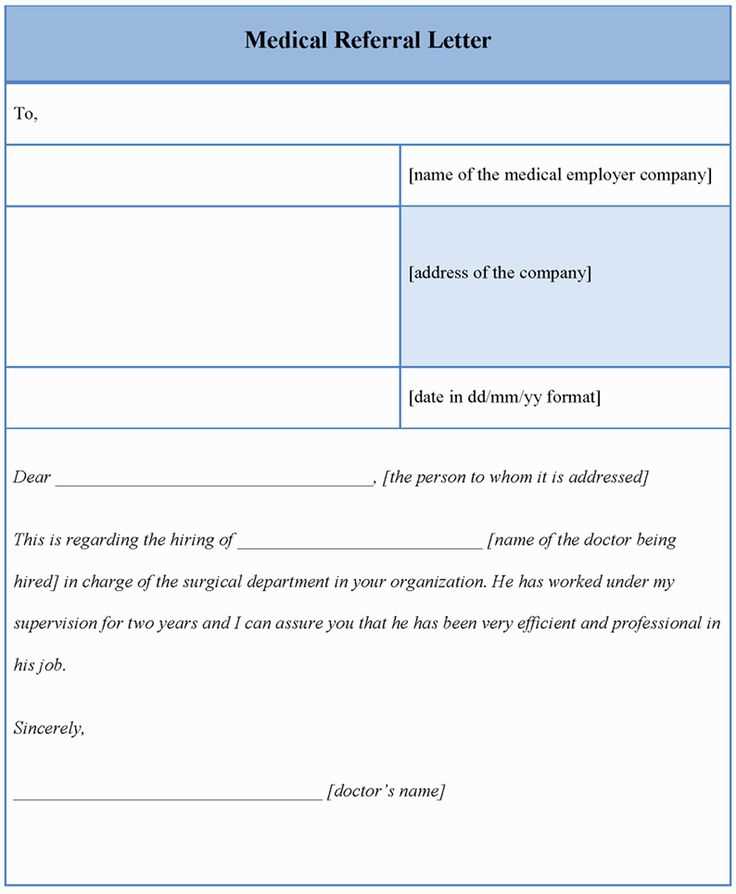
One of the main advantages of using a predefined structure is the time saved. Healthcare providers do not need to start from scratch each time they need to create a document. Instead, they can focus on filling in the relevant patient details, allowing them to quickly move on to the next task.
Consistency and Accuracy
Another key benefit is the consistency that comes from using a form. It ensures that each document follows the same structure, which reduces the chances of missing crucial information. This consistency can help prevent misunderstandings between the referring and receiving doctors.
| Benefit | Description |
|---|---|
| Time Savings | Quickly complete documents without starting from scratch each time. |
| Improved Accuracy | Ensures that all critical information is included and organized. |
| Professional Appearance | Offers a polished and standardized format that looks more professional. |
Incorporating a standardized form into everyday practice streamlines administrative tasks and helps provide better service to patients, ensuring both healthcare providers and patients benefit from a smoother experience.
How to Customize the Template
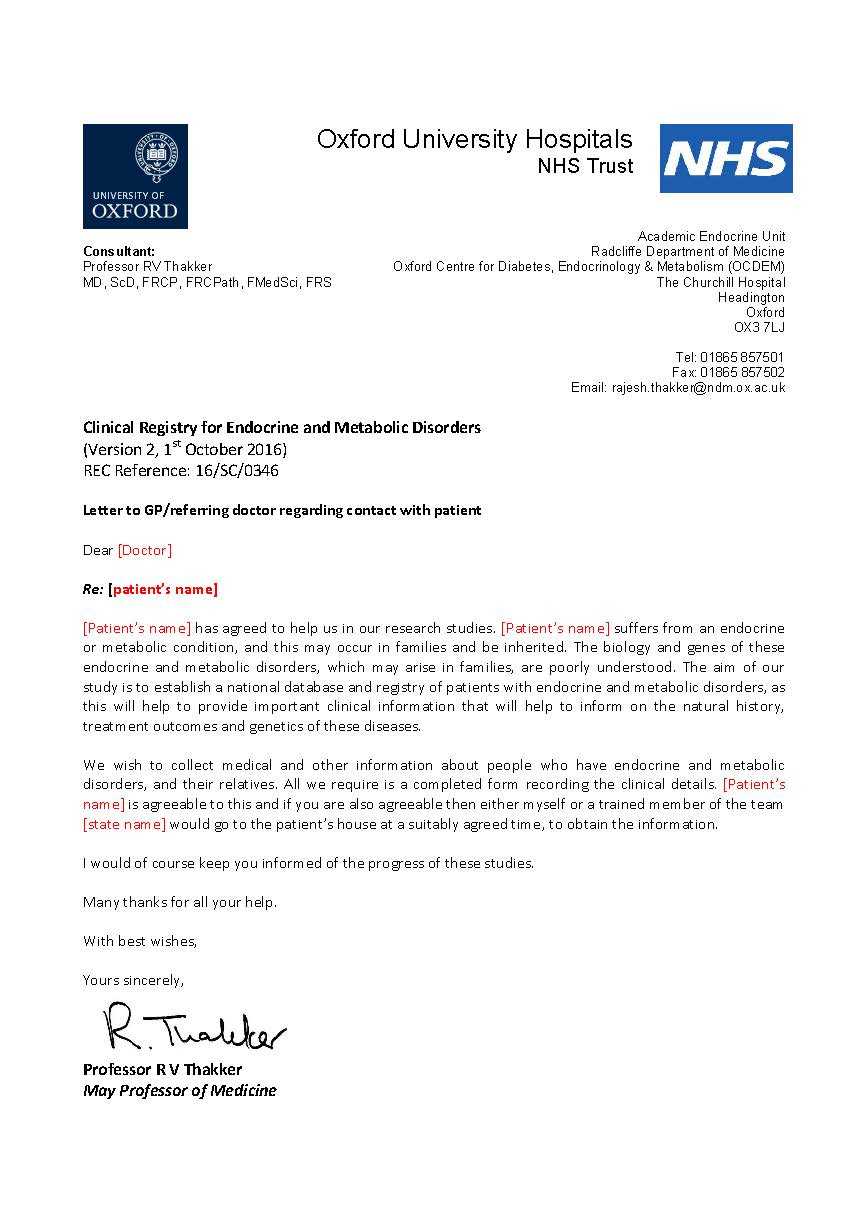
To create a document that suits specific patient needs, it is essential to modify a pre-designed structure. Customizing ensures that the content remains relevant to the individual case while adhering to a clear format. This allows healthcare providers to maintain consistency while adjusting the details to match the patient’s situation accurately.
Adjusting Patient Information
The first step in customizing is to include the patient’s personal details. While most forms have predefined sections for this information, it is important to ensure accuracy when entering the patient’s name, date of birth, and contact information. Any specific identifiers, such as medical record numbers, can also be included if necessary.
Incorporating Medical History
Another key aspect of customization involves tailoring the document’s medical section. Depending on the patient’s unique needs, the healthcare provider should update the document with relevant health conditions, treatments, and symptoms. Adding notes about prior interventions or special considerations ensures the receiving professional is well-informed about the patient’s history and current state.
By making these adjustments, healthcare providers can create a more personalized document that effectively communicates the necessary details while maintaining a professional structure.
Common Mistakes to Avoid
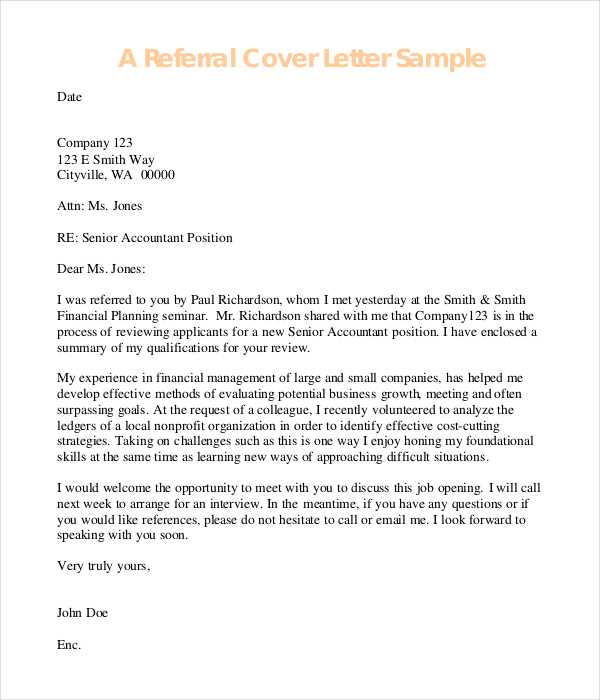
When preparing a document to transfer patient information, several common errors can undermine its effectiveness. These mistakes can lead to miscommunication or delays in patient care. It’s essential to be aware of these pitfalls to ensure that all necessary details are accurately conveyed to the specialist.
Missing Key Details
One frequent mistake is omitting important patient information. Without a complete medical history, contact details, or relevant health conditions, the document may fail to provide the receiving healthcare provider with all the information they need. Ensure that each section is carefully filled out to avoid missing crucial elements.
Unclear or Incomplete Descriptions
Another issue to watch out for is vague or incomplete descriptions of symptoms, treatments, or medical history. Being unclear in these areas can lead to misunderstandings. It is important to be as specific as possible when describing the patient’s condition and past treatments to ensure that the receiving professional understands the full context of the situation.
Avoiding these errors will help streamline the transfer of care and ensure that the patient receives the appropriate attention without unnecessary delays or confusion.
Best Practices for Writing a Referral Letter
To ensure that a patient’s transfer is handled smoothly, creating a precise and professional document is essential. Following best practices not only makes the process easier for both the referring and receiving healthcare providers but also guarantees that the patient’s needs are clearly communicated. Proper structure, attention to detail, and clarity are key when drafting such documents.
Clarity and Precision
One of the most important aspects of writing a document for patient transfer is clarity. The information provided should be straightforward and easy to follow. Avoid using jargon or unnecessary medical terms that might confuse the receiving doctor. Key points should be outlined clearly to make the transition of care as seamless as possible.
Structure and Organization
- Introduction: Begin with basic patient details and reason for the transfer.
- Medical History: Include relevant health conditions and any treatments already provided.
- Current Symptoms: Describe the patient’s present condition, including key concerns.
- Test Results: Provide any recent lab tests or diagnostics that are relevant.
- Additional Notes: Mention any specific instructions or areas for further evaluation.
By structuring the document this way, the specialist can quickly identify key information and take appropriate action, reducing the likelihood of miscommunication and improving patient care outcomes.